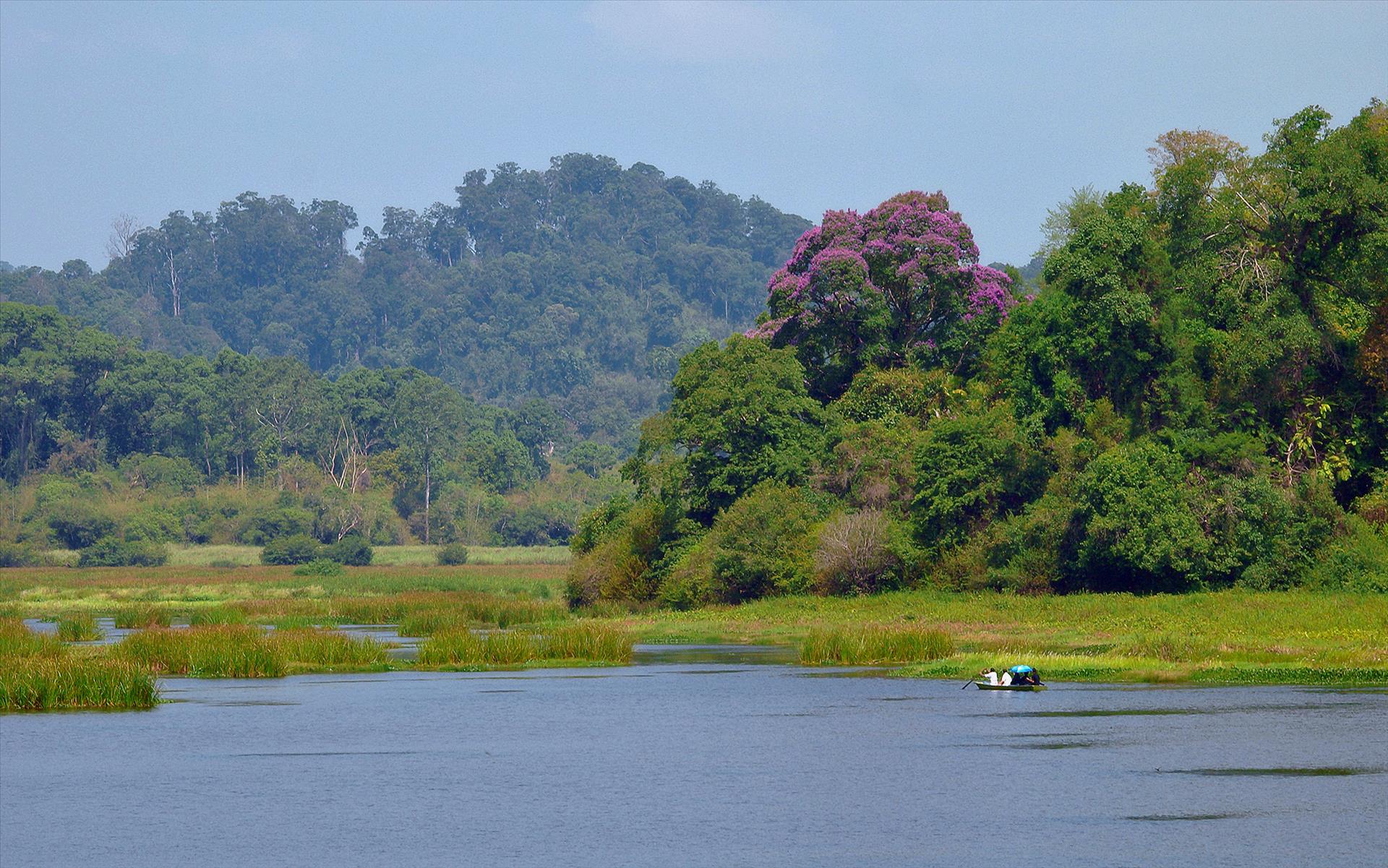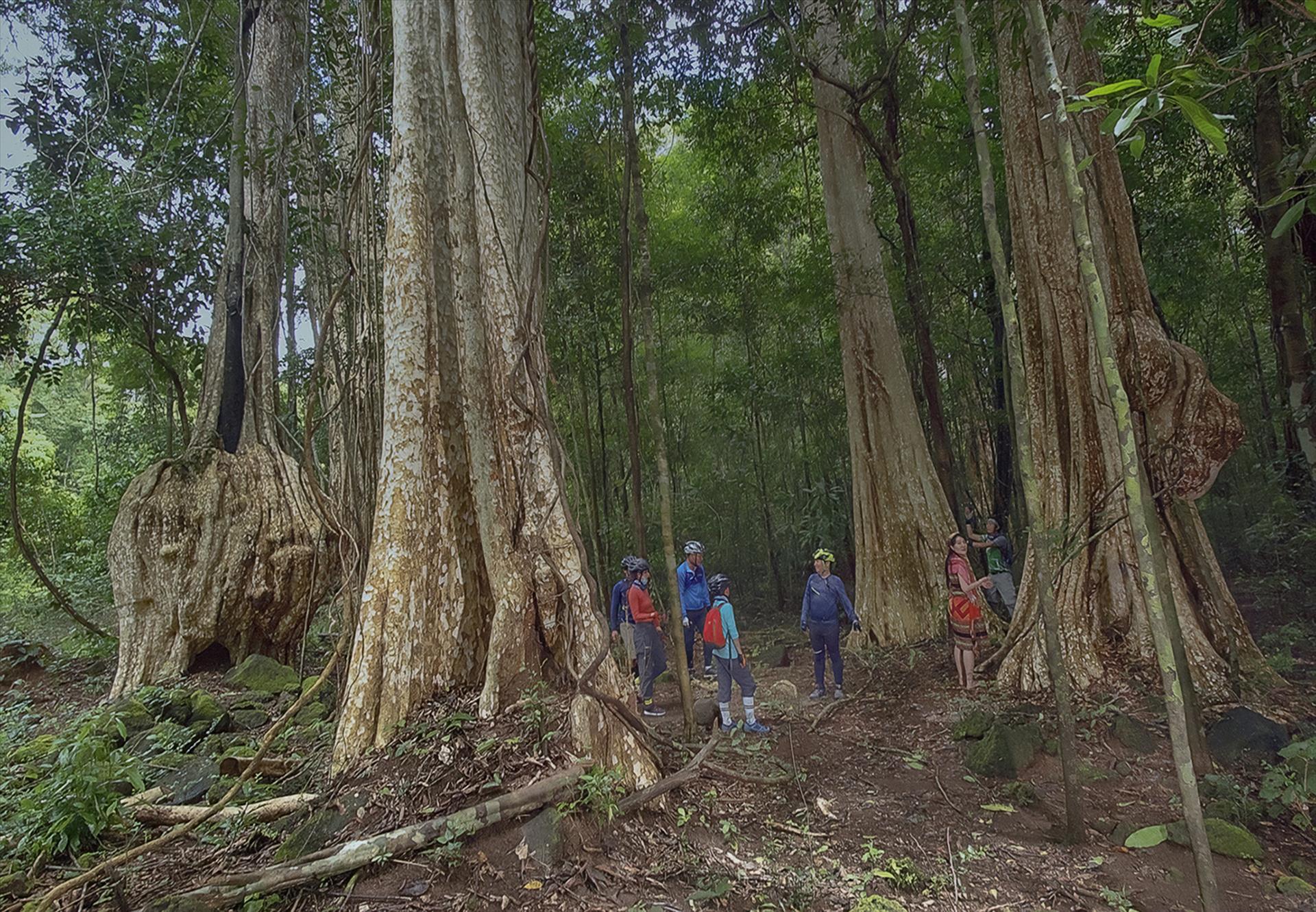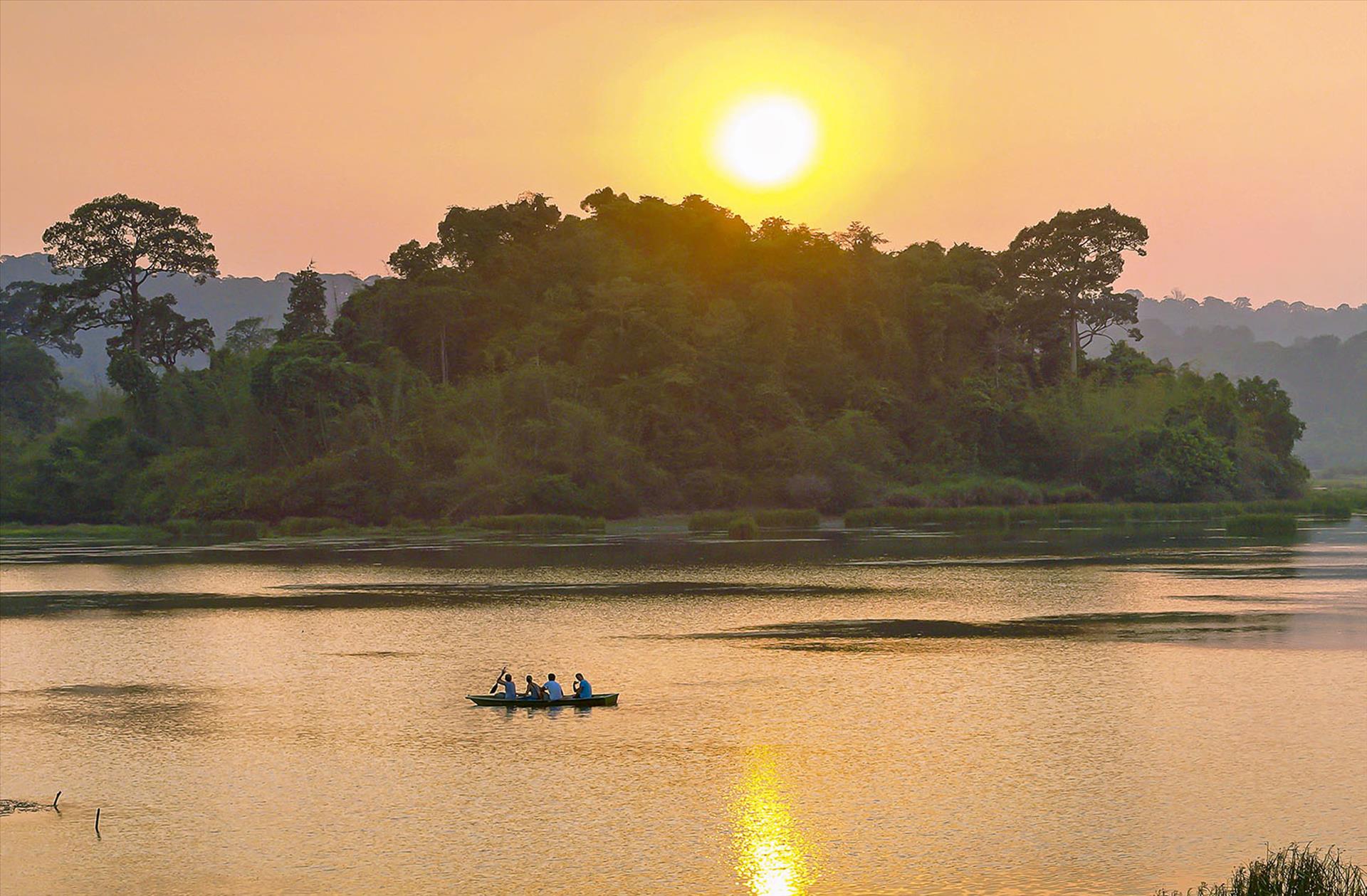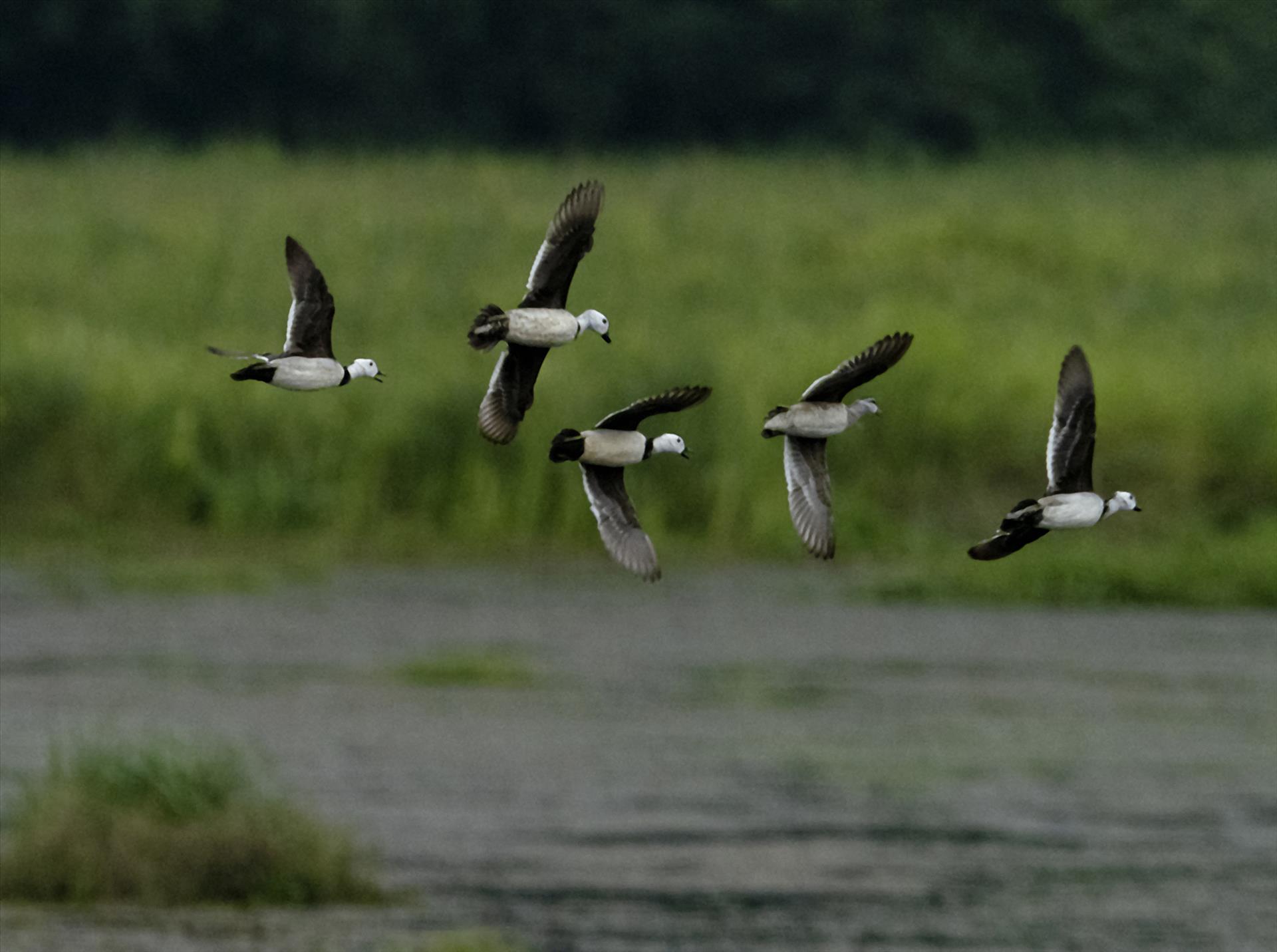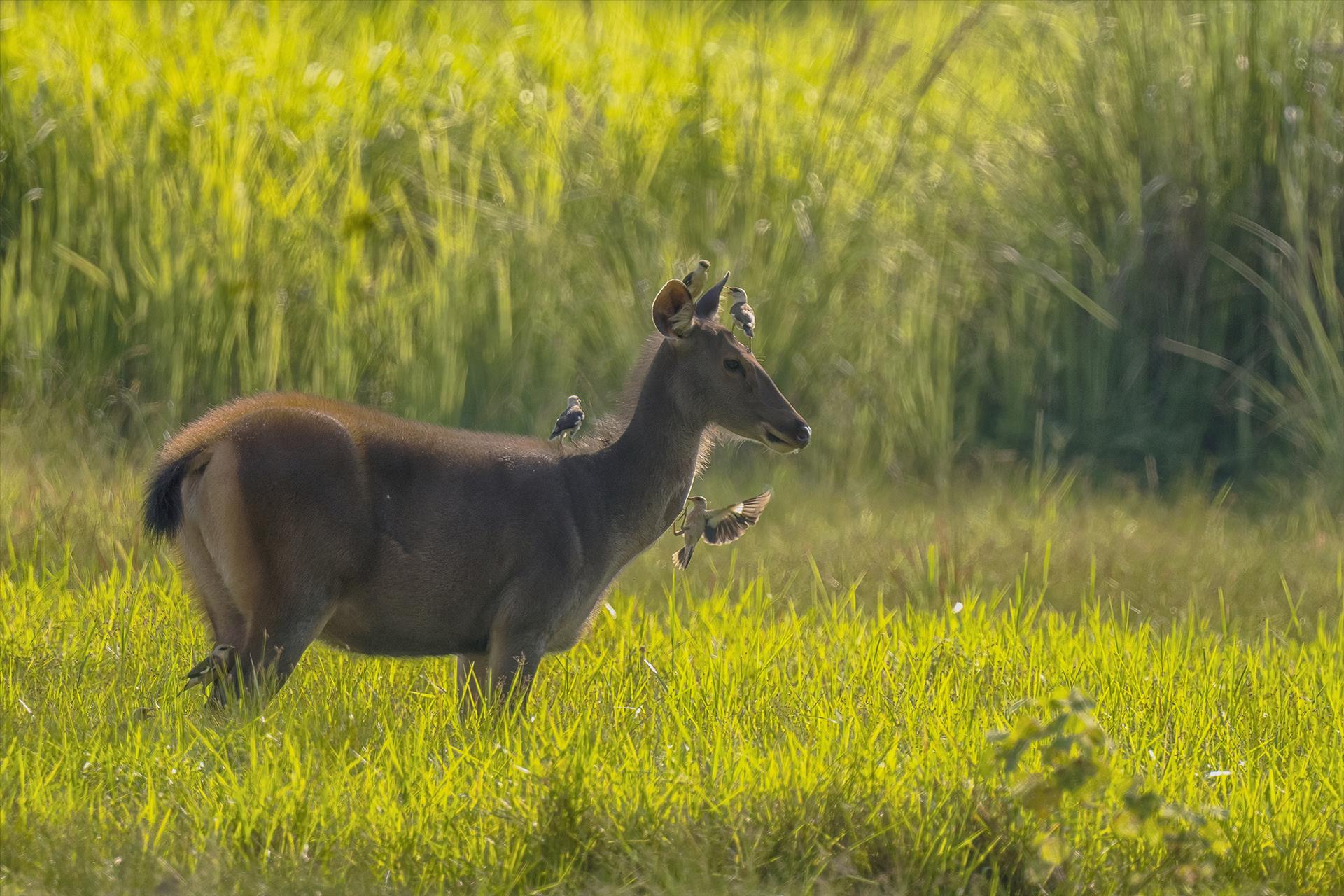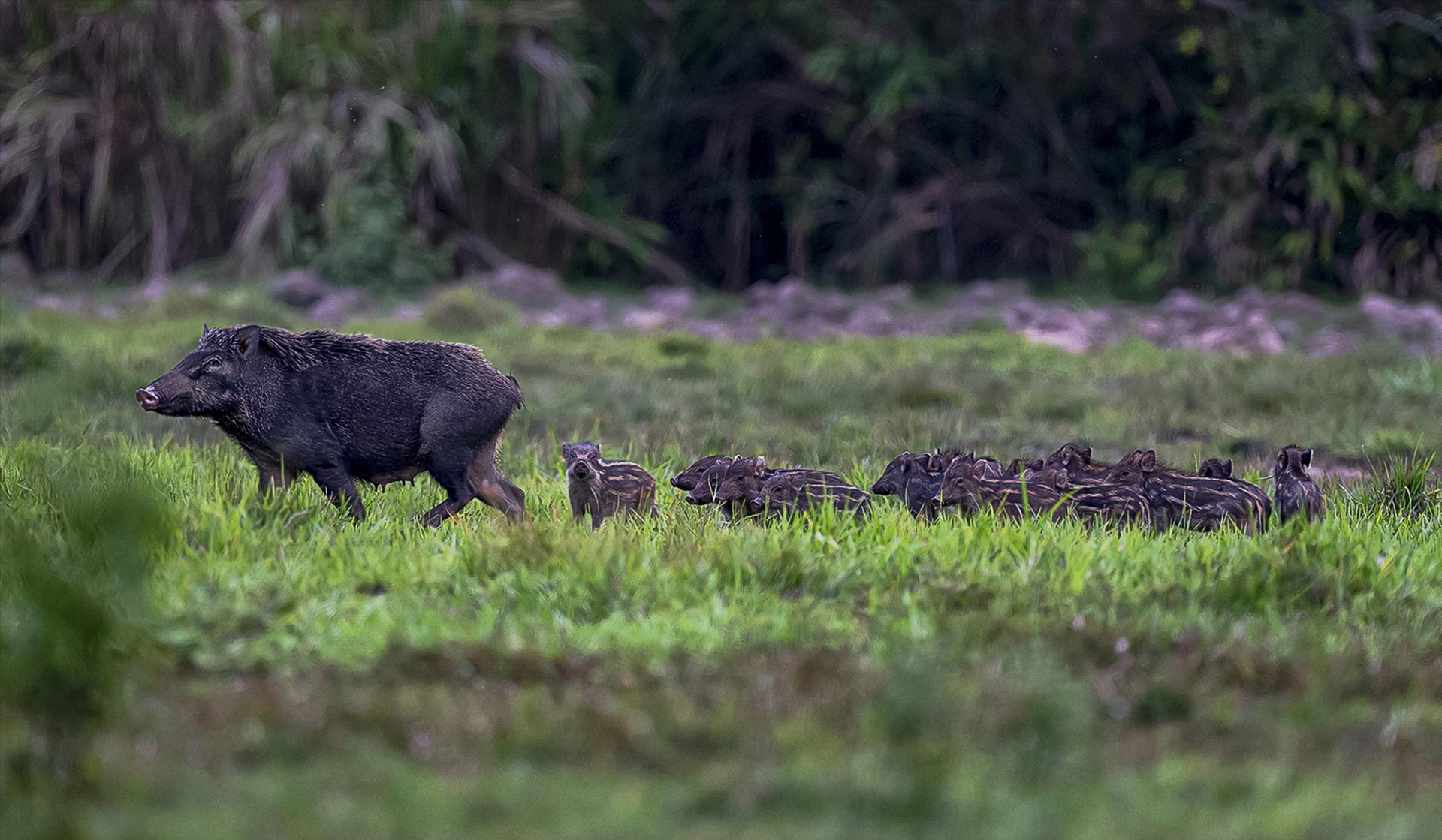Cat Tien National Park
Known for its tropical lowland wet forest, Cat Tien National Park boasts a forest cover of over 80%, making it a vital green area that significantly impacts the environment and the local communities. The national park, established in 1992, spans over 71,000ha across the five districts of Tan Phu, Vinh Cuu (Dong Nai), Cat Tien, Bao Lam (Lam Dong), and Bu Dang (Binh Phuoc), with Dong Nai Province covering nearly 40,000ha.
The park is known for its biodiversity, home to 1,729 animal species and 1,655 plant species, including more than 100 species listed in Vietnam's Red Book as needing protection. UNESCO designated the park as a Biosphere Reserve in 2001 and 2011, and it was recognized as a special national relic in 2012.
Cat Tien National Park, often referred to as the "house of wildlife," is a haven for biodiversity. It is home to an impressive array of species, including 96 mammal species, 94 reptile species, and 903 insect species. Among the park's notable inhabitants are over 20 elephants, which can often be seen foraging during the day. The park also serves as a critical habitat for the endangered yellow-cheeked gibbon, a species listed in the global Red Book and is strictly protected. These gibbons live in family groups of three to five individuals and reside in the treetops, approximately 30m high. The males are distinguishable by their black fur and yellow cheek tufts, while the females are yellow with a black tuft on their heads.
The park is a birdwatcher's paradise, boasting 343 bird species, which constitute over 40% of Vietnam's total bird species. Among these is the great hornbill, a large bird with striking black and white plumage and a distinctive yellow beak which has been listed as ‘vulnerable’ on the IUCN Red List since 2018. The great hornbill is cared for by the park's rescue, conservation, and development center until it is ready to be released back into the wild.
At night, visitors exploring the park can easily spot various nocturnal wildlife like deer grazing in the large meadows. The park also shelters 55 rescued bears, cared for by the Free The Bears organization in Vietnam. These bears, now lively and friendly, can live the rest of their lives in safety and happiness.
Cat Tien National Park was officially recognized on the IUCN Green List and received
this prestigious title in June. This recognition marks a significant milestone in nature
conservation and biodiversity efforts in Vietnam.
To see a variety of wildlife, visitors can explore the park's museum, which exhibits rare and endangered specimens, some of which are already extinct. Cat Tien National Park also boasts a rich plant life with 1,655 species of trees. Noteworthy trees include the ancient go do (Afzelia xylocarpa) tree, estimated to be around 700 years old, standing nearly 40m tall with a diameter of 2.5m. This tree is a symbol of forest conservation efforts and is named Go Do Bac Dong in honor of late Prime Minister, Pham Van Dong.
Another popular attraction is an ancient pine tree, over 400 years old, with a massive trunk. The tree's enormous roots spread out above ground, forming intriguing shapes like giant snakes or dinosaur tails.
Since 2005, the Secretariat of the Ramsar Convention has recognized the Bau Sau wetland
system within Cat Tien National Park as the world's 1,499thmost important wetland.
One of the park's highlights is the hundred-trunk curtain fig tree, casting its shadow over the streams, its roots firmly planted in the cool water, creating a memorable sight. Visitors can also admire the Cassia javanica blossoms, which fill the park with a sweet fragrance from late April to June, making it the perfect time to witness these trees in full bloom.
Besides its rich biodiversity, Cat Tien National Park offers a picturesque natural setting with the soothing sounds of the Ben Cu rapids. Stretching over 500m, the rapids flow year-round, attracting many visitors with their beauty.
By Tang A Pau Translated by Nguyen Tuoi
